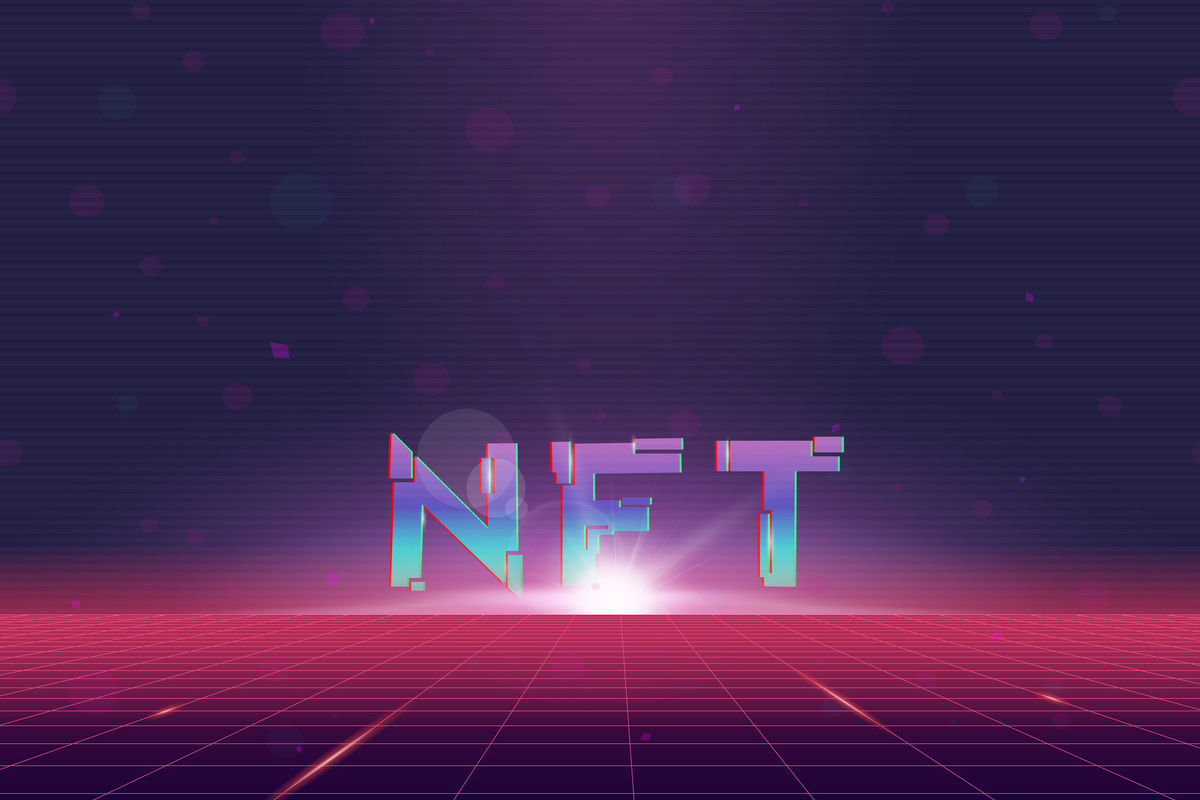The number of NFT transactions globally is expected to reach 40 million by 2027, reaching a total market value of £13.6 billion. But the majority of this growth is currently expected to come from innovative technological projects like the metaverse.
BanklessTimes.com has explored data from a range of sources, revealing a very different potential outcome. Rather than innovative gaming or digital property rights, the greatest potential for NFTs may in fact be in some very old-fashioned industries.
The majority of NFT growth in the next five years is expected to come from the metaverse, with experts projecting the number of metaverse transactions to reach 9.8 million by 2027. This will mean NFTs being used to authenticate identity, trade transparently within the metaverse, demonstrate membership to digital communities and own digital real estate. In March 2022 alone, The Sandbox generated more than $24 million in sales of NFTs representing metaverse real estate.
However, there are two reasons to be sceptical about these projections.
First, NFTs are most commonly seen as an investment opportunity – and a bad one at that. The most recent polls suggest 44% of people see NFTs as a bad investment, while 69% of gamers – a demographic closely associated with much of the projected future growth of the technology – hate NFTs and consider them to be “negative”.
Second, the current trajectory of NFTs may have more to do with media coverage than actual utility. Outlets are far more likely to cover big ticket sales from artists like NFT or new and disruptive ideas like the metaverse than they are to explain how NFTs might be integrated into existing operational processes.
As the public – and perhaps more importantly businesses – become more aware of the myriad ways NFTs could be integrated into existing processes, there may be a large shift in consciousness. We may see trends away from the speculative futurism of things like the metaverse towards improving reliable, legacy institutions.
Real-world applications for NFTs are numerous and potentially transformative across many industries. Any area where ownership, copyright and authentication are issues could see NFTs provide significant value – and fast. These industries may provide greater growth opportunities for NFTs, because they are already large – and perhaps more importantly, they boast proven, lasting demand.
Publishing is a great example. The global market for eBooks is expected to be worth $16.08 billion by 2027 – up from $13.62 billion today. But these digital assets have historically been very easy to reproduce and share, leading to high rates of piracy and second-hand sales.
NFTs could provide a way to solve that problem for publishers, with Pearson plc – one of the world’s leading textbook publishers – already planning to use NFTs for this purpose. Integrating NFTs into this well-established, trusted area may help legitimise the technology and assuage fears of snake-oil salesmanship.
Supply Chain Management (SCM) is another area where NFTs are likely to proliferate. The market for SCM solutions will be worth nearly $31 billion by 2026 – up from $15.85 billion in 2020. But issues around visibility and control are perennial. NFTs could be used to resolve these issues; early research has already shown that NFTs could make new supplier onboarding up to 80% faster.
Given that $7 billion has been invested in SCM technology since 2018 – and this is only expected to continue – even if NFTs were able to capture a sliver of that investment, it would represent a massive growth for the technology.
Other areas include simplifying real estate sales; managing music royalty rights; and protecting photography copyrights – all of which are multiple billion dollar industries.
Jonathan Merry, CEO of BanklessTimes.com, had this to say:

